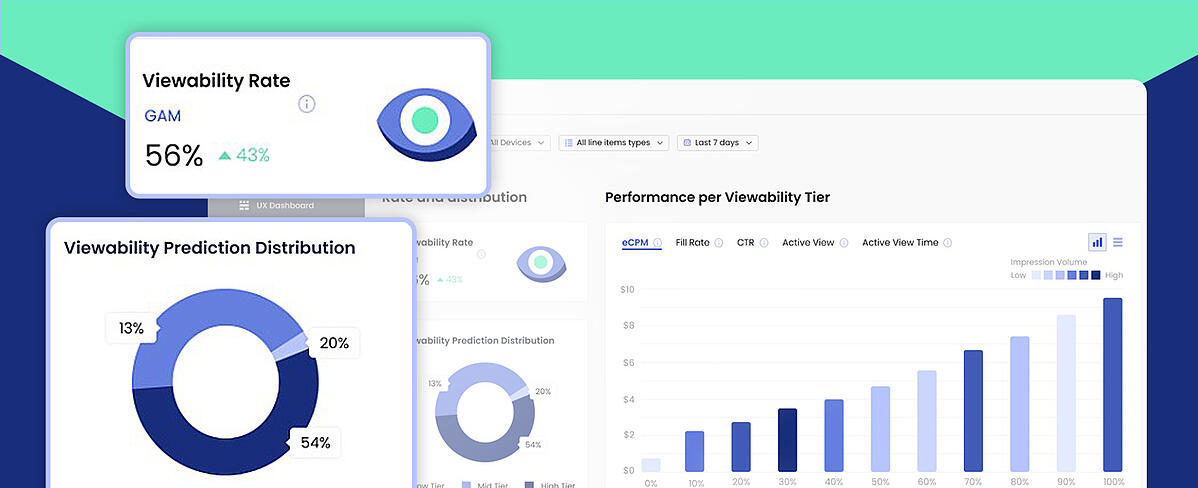Principles of implementing 3rd party technology for publishers
By Asaf Shamly | January 28, 2021

Scott Kirsner, the editor of Innovation Leader and a long-time business columnist for the Boston Globe recently published an article at Harvard Business Review on the troublesome juncture between embracing innovation and executing on implementation entitled The Stage Where Most Innovation Products Fail. Kirsner treats this transition as a process that requires benchmarking for success.
“The transition is one of the most vulnerable phases of innovation. Is the CEO or another senior executive paying attention to the milestones it is expected to hit, and asking whether members of the innovation team are continuing to support it as promised? Is the business unit being measured not just by how much revenue they generate from new products, but how many times they drop the ball or under-resourced something that has been developed for them? This area is the black hole of innovation – no matter how much you’re spending on staff, training, new tools and software, and nifty innovation centers, so much value can just vaporize at this stage.”
Agreed. To expound upon Kirsner’s commentary, the nature of implementation and how it’s framed at the onset of a conversation can, in turn, complicate or appease the process of benchmarking that implementation. As a result, in publishing, vendors whose tech requires implementation are tasked with a responsibility beyond product efficacy: ease of implementation.
Implementation in the Publishing Industry
Vendors who do the heavy lifting on the backend ensure simple adoption of their product. This not only accelerates the implementation of their own product and of industry innovation through circular technological harmony, it also shrinks benchmarking and evaluation processes for publishers before, during and after execution.
Although vendors mostly battle for the same tier 1 real estate, and publishers mostly grapple with adopting the right tech to advance their editorial and business objectives, it’s undeniable that streamlining implementation as a vehicle to foster the mere consideration of mutual opportunities could only serve to benefit us all.
Implementation Types
If we simplify implementation types into a few categories we might shed light on how vendors and publishers can sync to expedite the process from testing to adoption – an effort that might strengthen a publishing industry looking to fortify in these times. Here are some new acronyms for you to hate . . . er, consider.
- Single Action, Single Team (SAST)
- Single Action, Multiple Teams (SAMT)
- Dual Action, Single Team (DAST)
- Dual Action, Multiple Team (DAMT)
- Multiple Actions, Single Team (MAST)
- Multiple Actions, Multiple Teams (MAMT)
These categories refer to the number of primary actions and the number of teams involved in implementing a new vendor into a publisher’s realm. They are also referencing points for publishers to benchmark and for vendors to keep things simple, while at the same time enabling a simple protocol for transparency that should be involved in the pub/vendor conversation from the get-go. That protocol is asking a simple, yet vital, question.
Who Would You Like at the Table?
To the beating heart of a publishing org. asking “who would you like at the table” is a delivery mechanism for innovation. It is the first and most effective question a publisher can ask to embrace Kirsner’s concept of benchmarking implementation, and one of the most important functions that vendors can identify for encouraging adoption in a way that syncs with the publisher ecosystem.
This simple question creates a transparent dialogue at the onset of a conversation and frames where the product falls – which may not be apparent without open conversation and listening, particularly in an industry that innovates on all cylinders around concepts that often require extra-curricular reading.
Browsi for example deals in Mobile Web ad supply logic. This encompasses the placement rules that determine how, where, when and why ads are positioned on individual mobile web pages. An inventory server is the single most critical component in making these decisions, but who does it make decisions for? In our case, it’s product first, ad ops second.
Due to heavy lifting on our end, implementation is simple. To use our friendly acronyms, Browsi with Browsi demand implements on SAST (Single Action, Single Team) and Browsi with Publisher demand implements on DAST (Dual Action, Single Team).
Building an engine into a simple tag and parsing out the product into stages for testing has increased our ability to develop new relationships with largely distributed media outlets while helping them to quickly understand the opportunity we provide. This principle relates to all aspects of how we build and bring products to market.
The Bottom Line
As innovative vendors work hard to solve problems that enable publishers to focus on the things they do best – create content and monetize themselves – publishers will hopefully benefit from an entire vendor community building simple implementation into the core of their value prop until it becomes an industry given.
In return, publishers must be open to learning about innovation while encouraging vendors to lean towards SAST and DAST implementations within reason. Although not every solution can be packaged so neatly, vendors that succeed in moving implementation toward these ideals catalyze the good fight for a thriving digital media industry via meaningful, efficient development.
Latest Articles
-

Do NOT make me choose between a great UX and boosting my revenue!!
The ongoing clashes between revenue, product, and editorial teams are painful to say the least. It doesn’t have to be this way.
View Now -

Your Brand New Viewability Dashboard!
Understand your inventory breakdown with the new Viewability Dashboard.
View Now -

Maximize Your UX & Revenue Data With Personalized Reports
Ready to uncover insights and step up your ad layout strategy?
View Now
